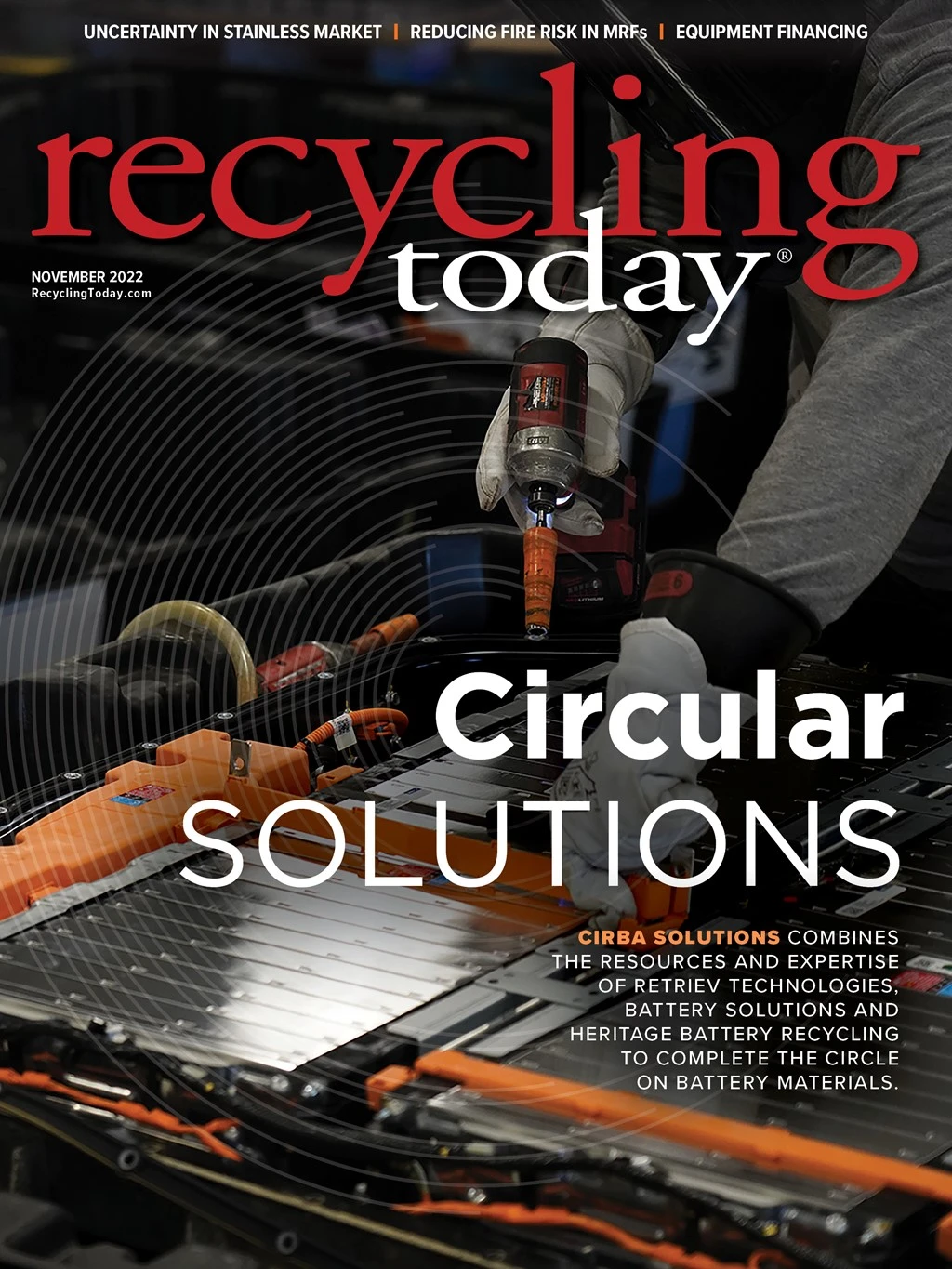
1. How can we make our preventive maintenance program most effective?

Van Dyk Recycling Solutions
Field Technician
Before performing any routine maintenance, cleaning or work on your baler, proper lockout/tagout procedure should always be followed and all personnel must wear the required personal protective equipment.
Maintaining a stock of spare parts for your machine is crucial. A mission-critical machine like a baler should not sit idle for want of a $50 part. Ask your manufacturer for a list of parts that should be kept on hand to prevent costly downtime.
Automation has improved many facets of maintenance, and computerized logs can keep track of predictive replacement components before failure occurs.
2. What are the two most overlooked aspects of maintenance routines?
The first is cleaning. Cleaning is crucial and should be done every shift change. Operators should take responsibility of the cleaning routine and be empowered to advise maintenance personnel of any issues. Ask your baler manufacturer for a visual guide that can be affixed near the baler to help remind personnel where to concentrate.
The second is time. Allocate a clear time slot for maintenance and cleaning to occur. Studies have shown that even the most basic maintenance can decrease operational costs by tenfold over the life of the equipment.
3. If we’re low on time, what’s the one thing we shouldn’t skip?
Your baler is the heart of your entire operation. If it isn’t baling, you can’t operate. And if your baler’s wire tying system isn’t working, it can’t bale. Take the time to clean, lubricate and inspect the tying system daily.
4. Do we need specific tools to maintain our baler?
Yes. Don’t skimp on tools. I’ve seen kits consisting of merely a hammer, screwdriver and $5 grease gun. That’s no way to maintain a sophisticated machine. Check your operator’s manual for a tool list, and ask them for guidance, if needed.
5. How do I make a good routine maintenance checklist and make sure my team follows it?

Your operator’s manual should include a checklist with guidelines for cleaning and maintenance. Affixing the checklist near the baler is an excellent resource.
Empowering your employees by providing tools, time and training usually results in pride of ownership. Much like a beloved car, truck or motorcycle, the baler becomes their baler with that much more care directed toward its upkeep.
Calling out exceptional work often is overlooked, but everyone likes to be recognized for their efforts. Done correctly, an entire team can rise to a level of excellence. A little respect and encouragement from the boss go a long way.
Get curated news on YOUR industry.
Enter your email to receive our newsletters.
Explore the November 2022 Issue
Check out more from this issue and find your next story to read.
Latest from Recycling Today
- Li-Cycle reports 2024 financials
- PureCycle, Landbell Group working to advance PP recycling in Europe
- S&P Global launches mixed plastic scrap pricing for US, Europe
- Organizations call for coordination on product safety
- Circular Services acquires Waste Recycling Inc.
- Aqua Metals issues 2024 progress report
- e-Stewards, Bloom ESG release environmental benefits calculator
- RecycLiCo engages Fusion Projects to assist with facility site selection





